Luxury SUV drivers like a bit of added value. They’re roomwith-a-view, table-by-thewindow, seat-with-the-extra-leg room kind of people, or so you’d imagine – and, given the choice, who wouldn’t be?
Now those lucky people can have the parking space nearest the front door of the motorway services, too. The plug-in hybrid petrol-electric luxury SUV is here – and here in numbers.
Two years ago, Porsche pioneered the sub-species with its Cayenne S E-Hybrid. Late last year, Mercedes dipped its toe with the Mercedes-Benz GLE500e. And this year Volvo, BMW and Audi are all jumping on the bandwagon. A micro-niche is becoming better established, more varied and much more interesting.
Whether it will flourish in Europe as vividly as it’s likely to elsewhere remains to be seen, but there’s a chance that it might. That’s because where both the Porsche Cayenne and GLE are powered by force-fed multicylinder petrol engines tailored, you suspect, for non-European tastes, the new Volvo Volvo XC90 T8 and BMW X5 xDrive40e use downsized fourcylinder engines instead. Engines that just might produce the realworld medium and long-range fuel economy to rival a conventional diesel. Later this year, Audi’s Audi Q7 e-tron will also bring the first V6 diesel-electric plug-in powertrain to the market, but for the purposes of this test, we’re looking to the new Volvo and BMW to set the standard.
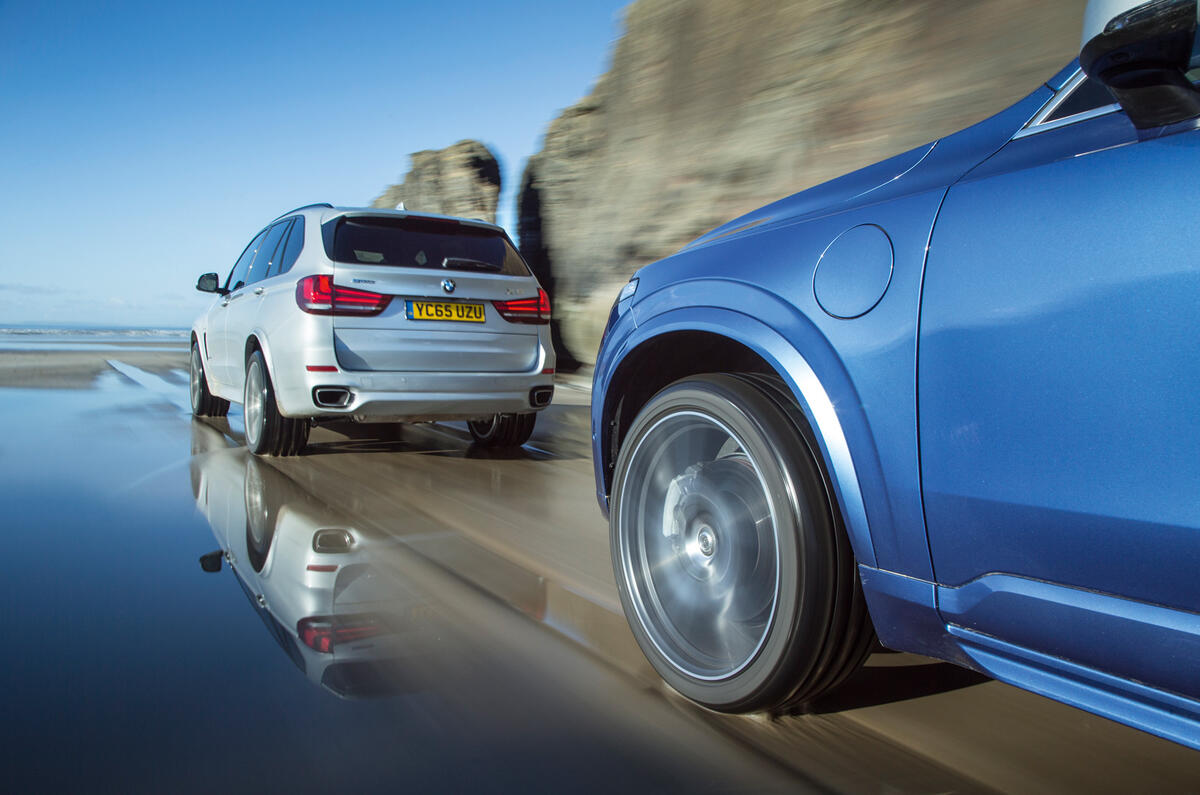
It’s strange that it’s taken so long for European car-makers to ‘electrify’ their big SUVs, because they were always prime candidates for the treatment. Inherently large, heavy, complicated and expensive, they present the designer and engineer with plenty of packaging space in which to accommodate electric motors and batteries, plenty of opportunities for the enhancement of performance and off-road ability through the new technology and plenty of profit margin in which to hide the extra cost. Plenty of sprung mass, too – which torquey electric motors tend to deal with rather better than piston engines, and actually rely on when funnelling kinetic energy back into those batteries under regenerative braking.
So what other refinements have Volvo and BMW brought to the plugin hybrid SUV to tempt you out of a conventional diesel? We’ve already touched on engines, but here’s the detail. Both are petrol motors displacing just under 2.0 litres of volume. The BMW’s is turbocharged to the tune of 242bhp, the Volvo’s both turbocharged and supercharged to produce no less than 313bhp. Not exactly economy-minded four-pots, then – but, in heavy cars often with big batteries to charge as well as motive power to provide, neither could they have afforded to be. Can either turbo petrol really produce better economy than a typical 200bhp four-cylinder diesel?

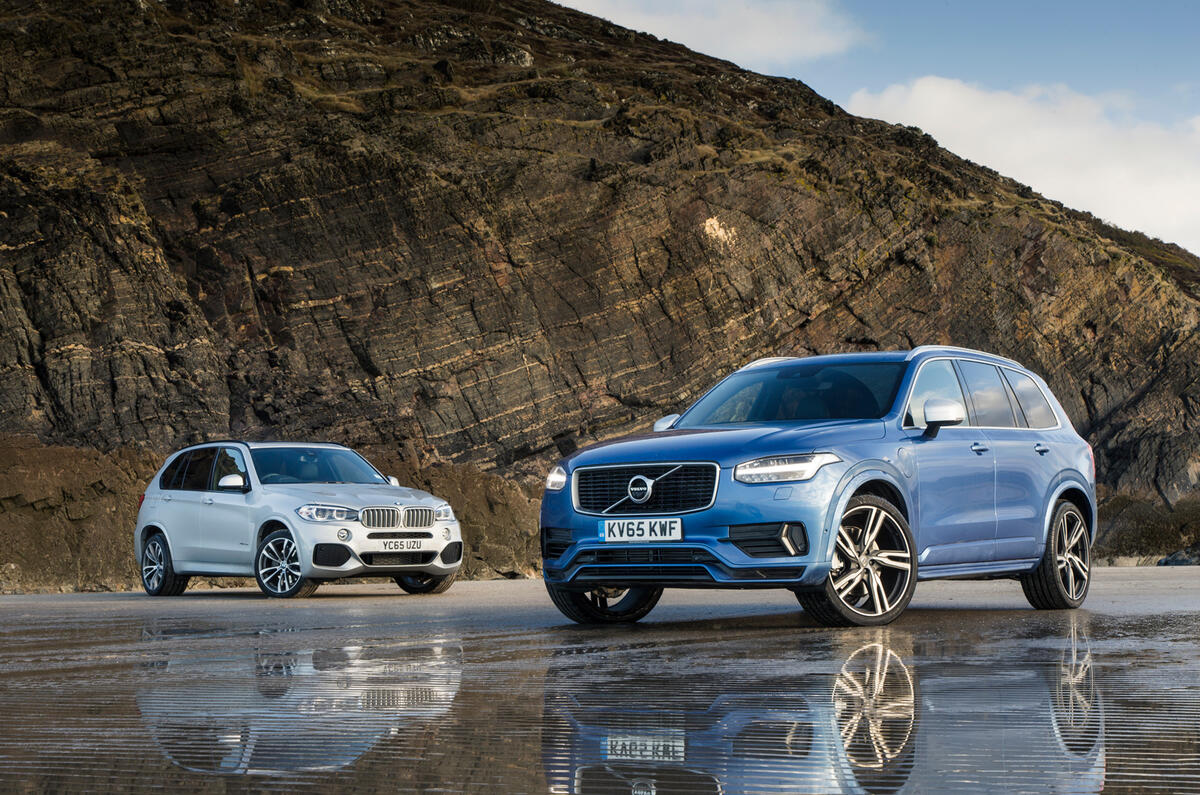
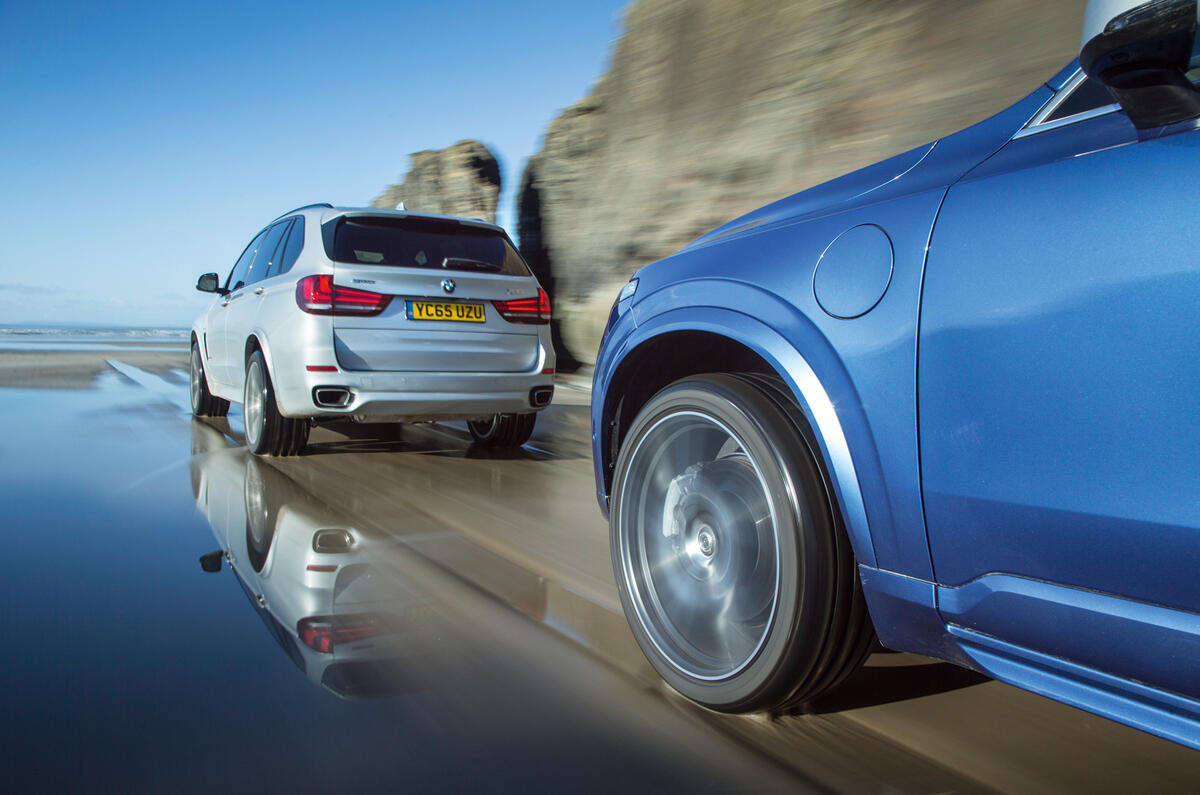
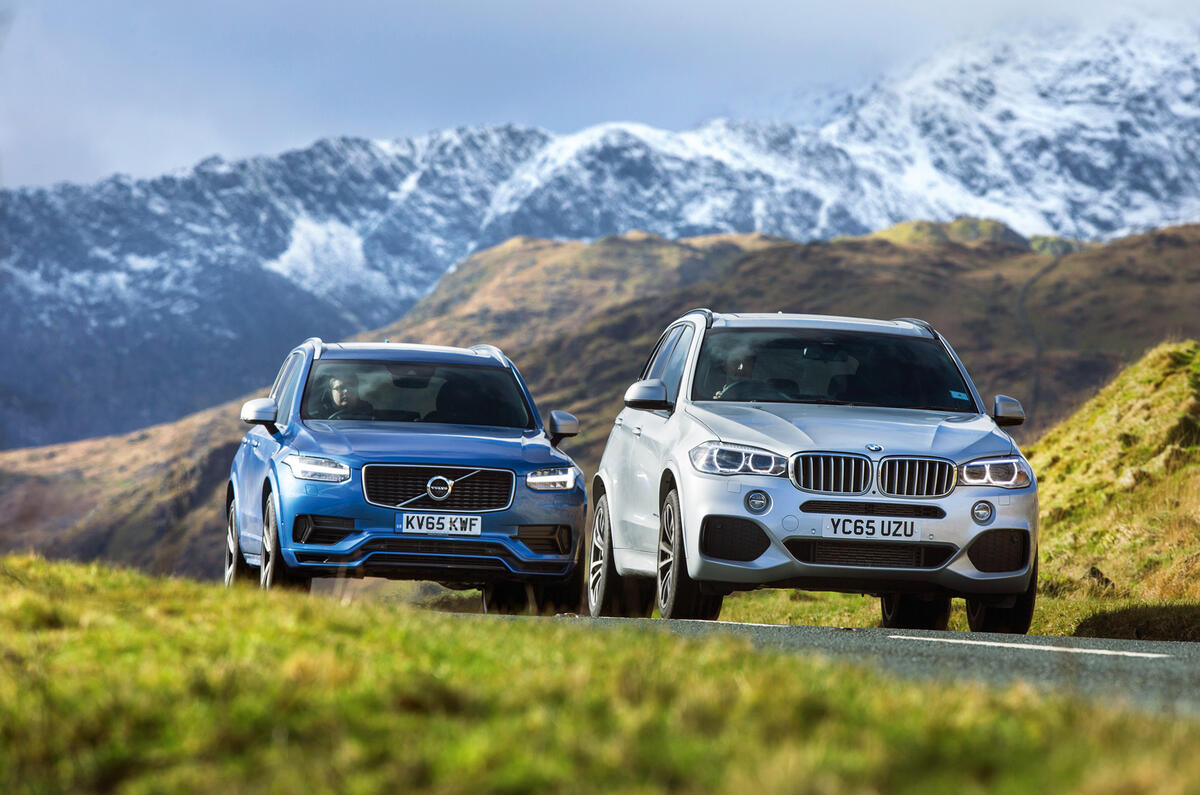


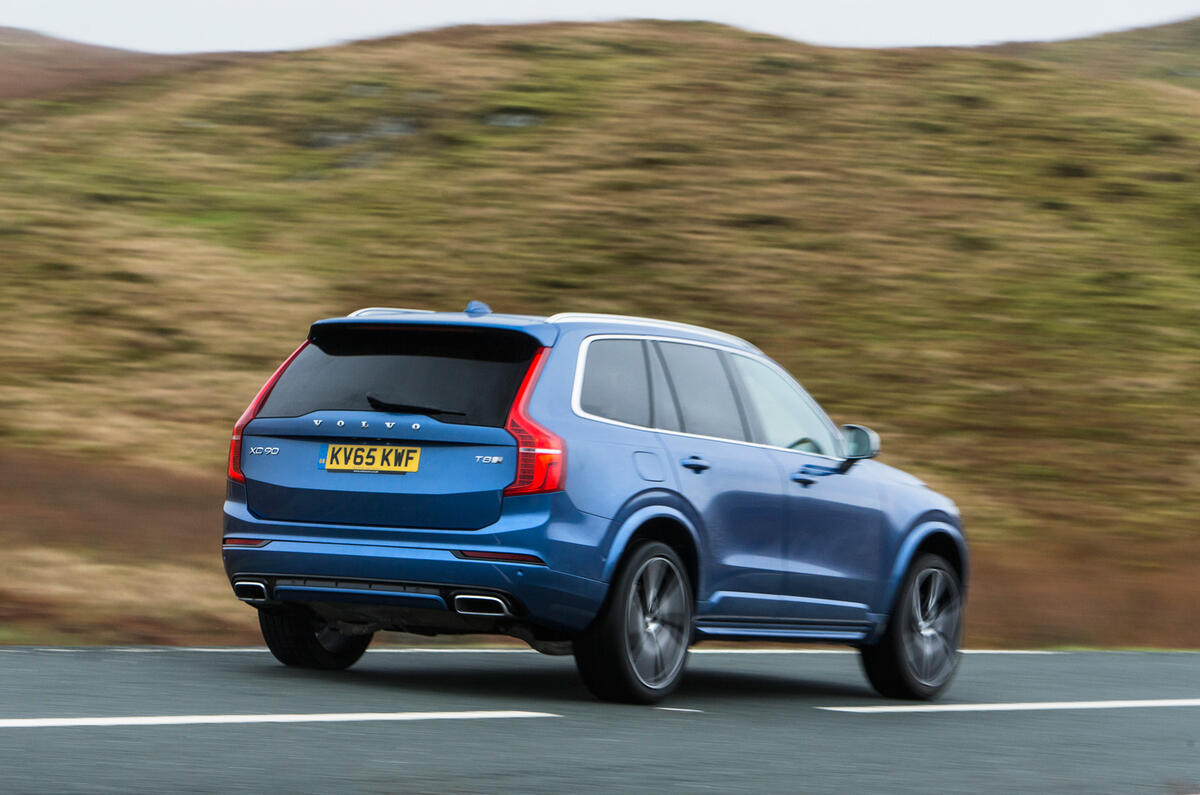
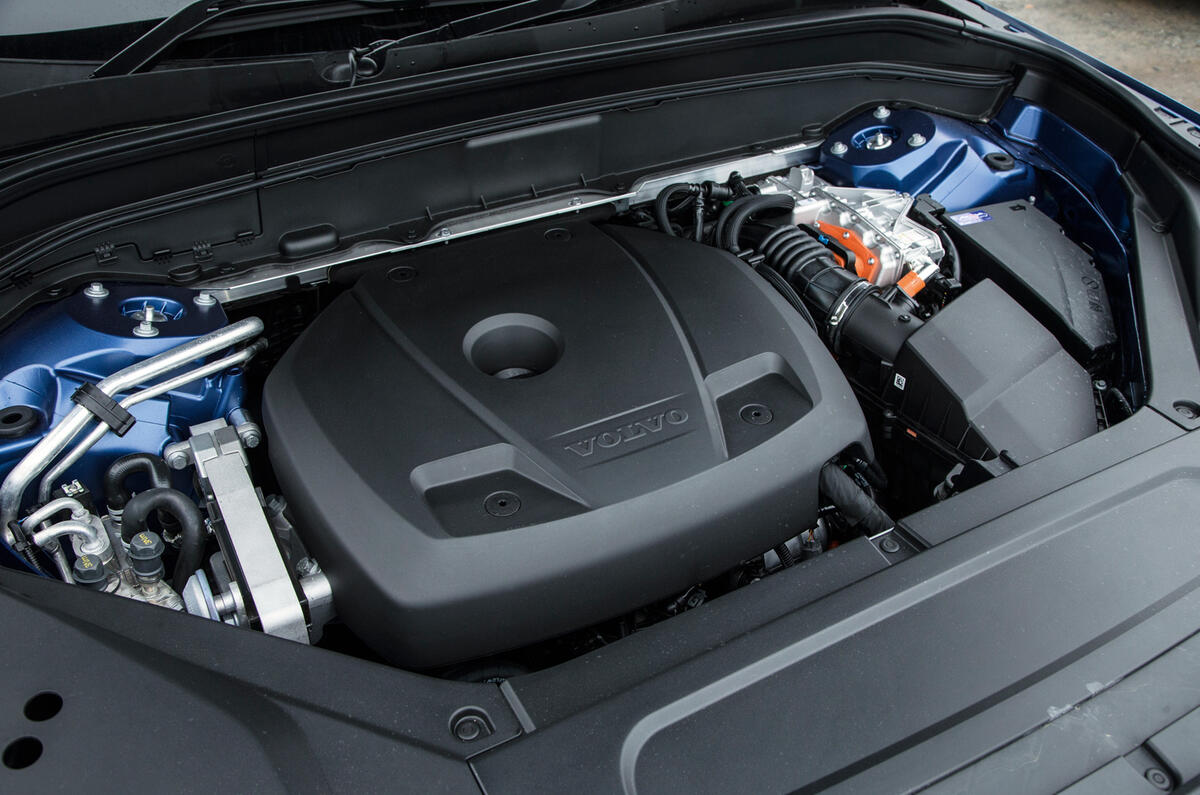
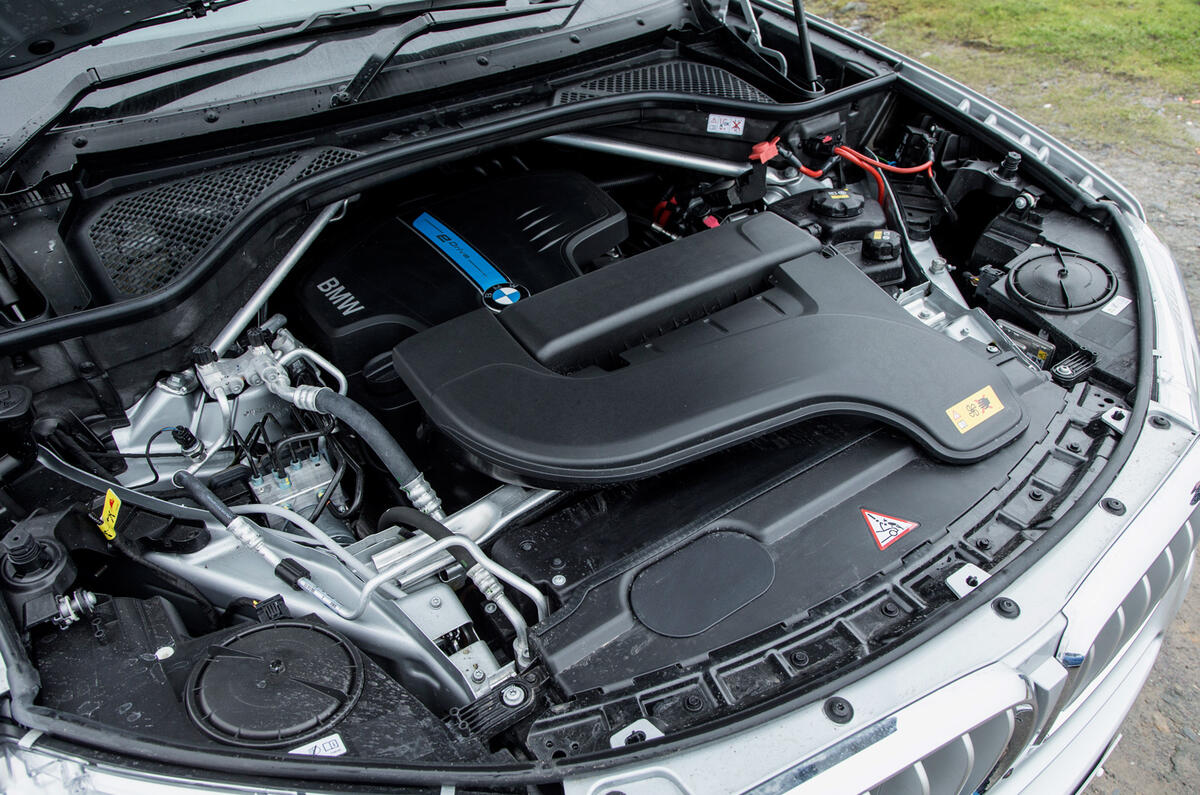

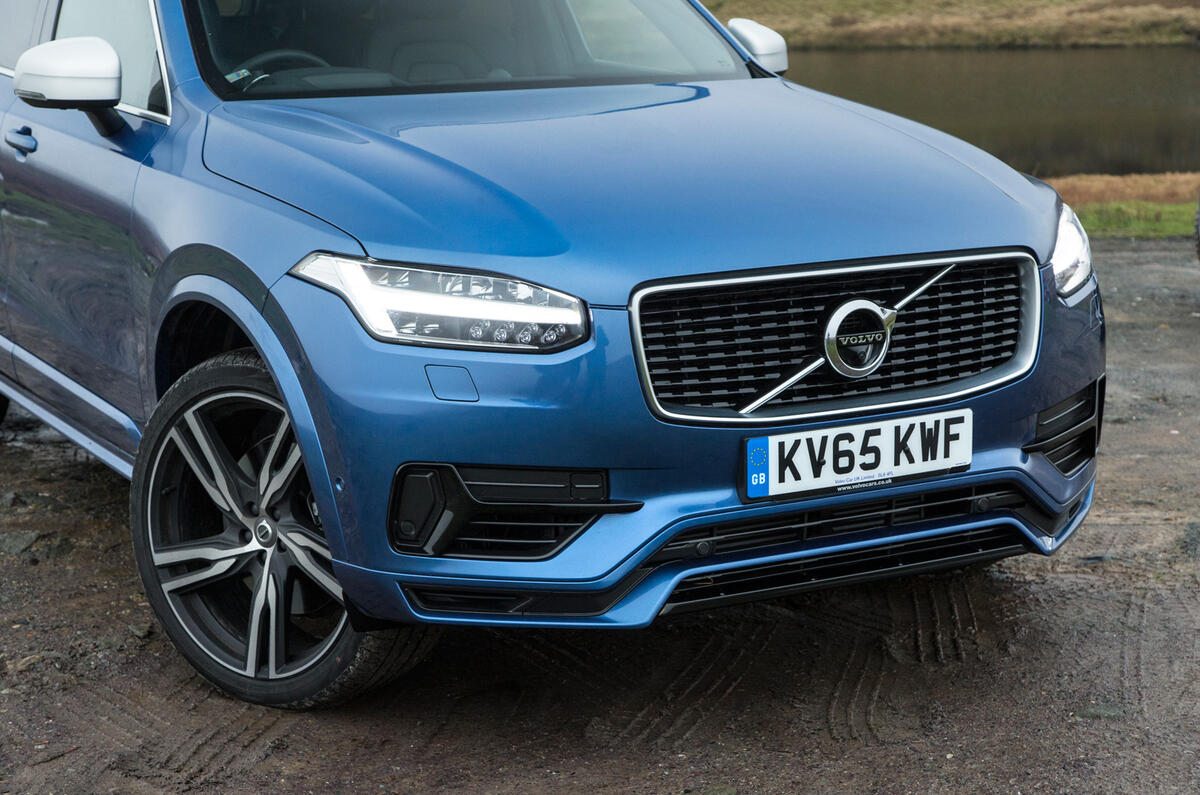

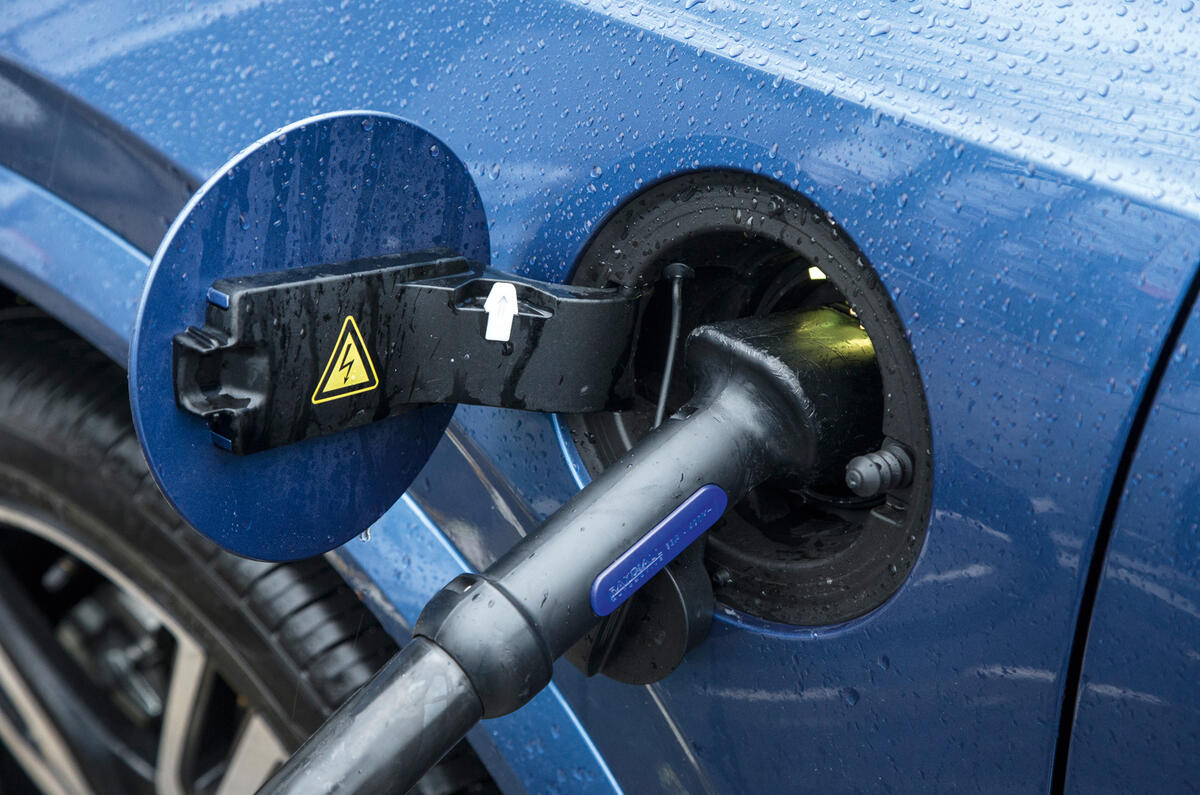
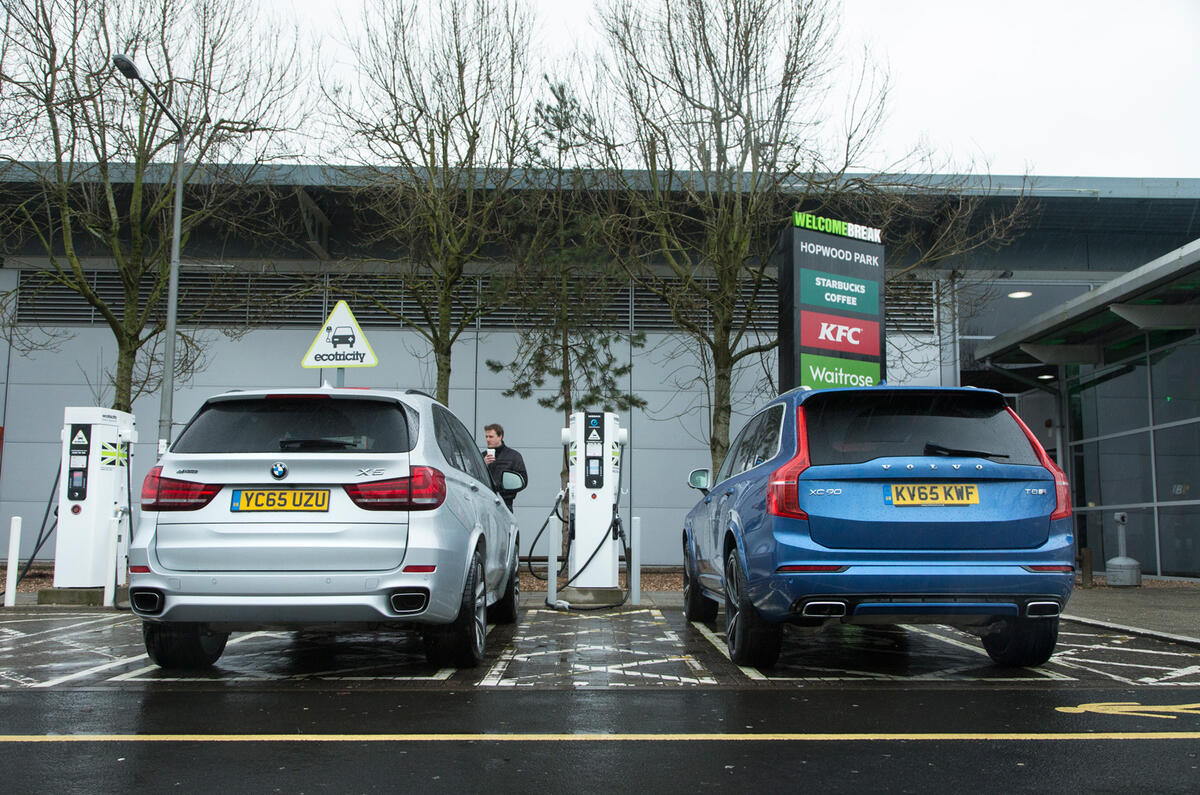
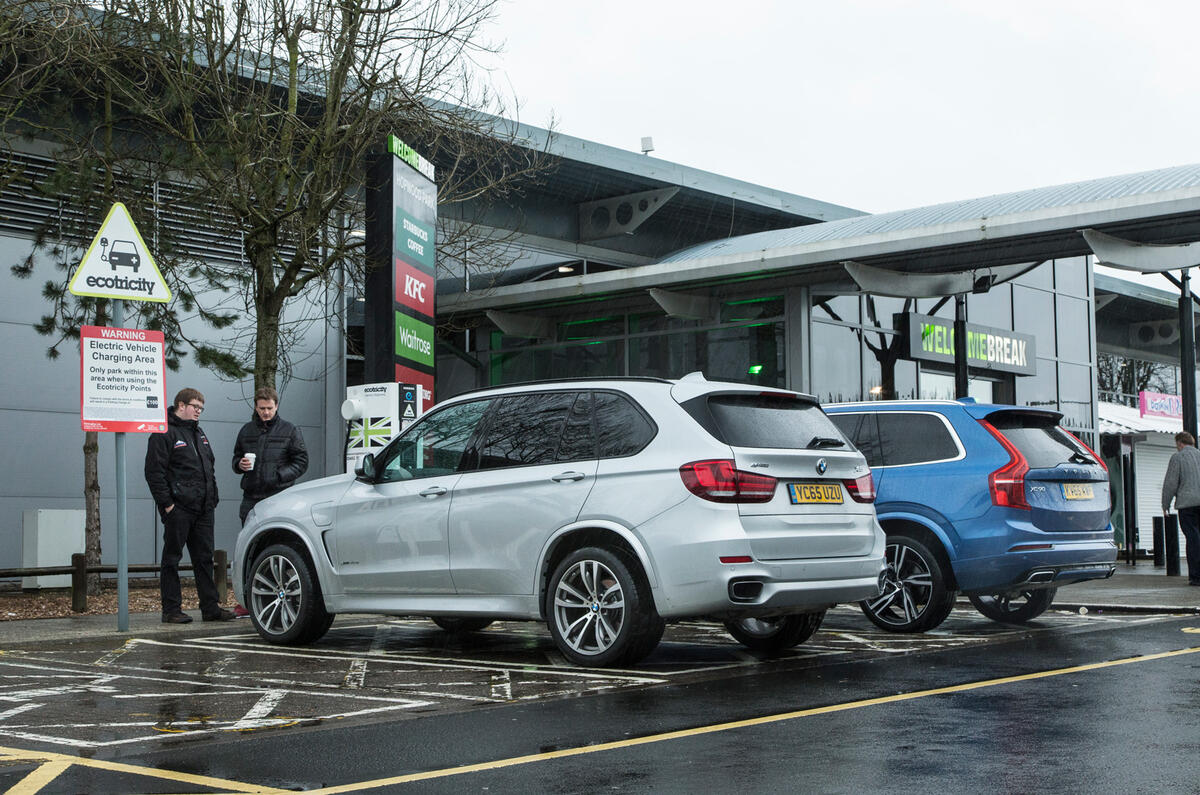

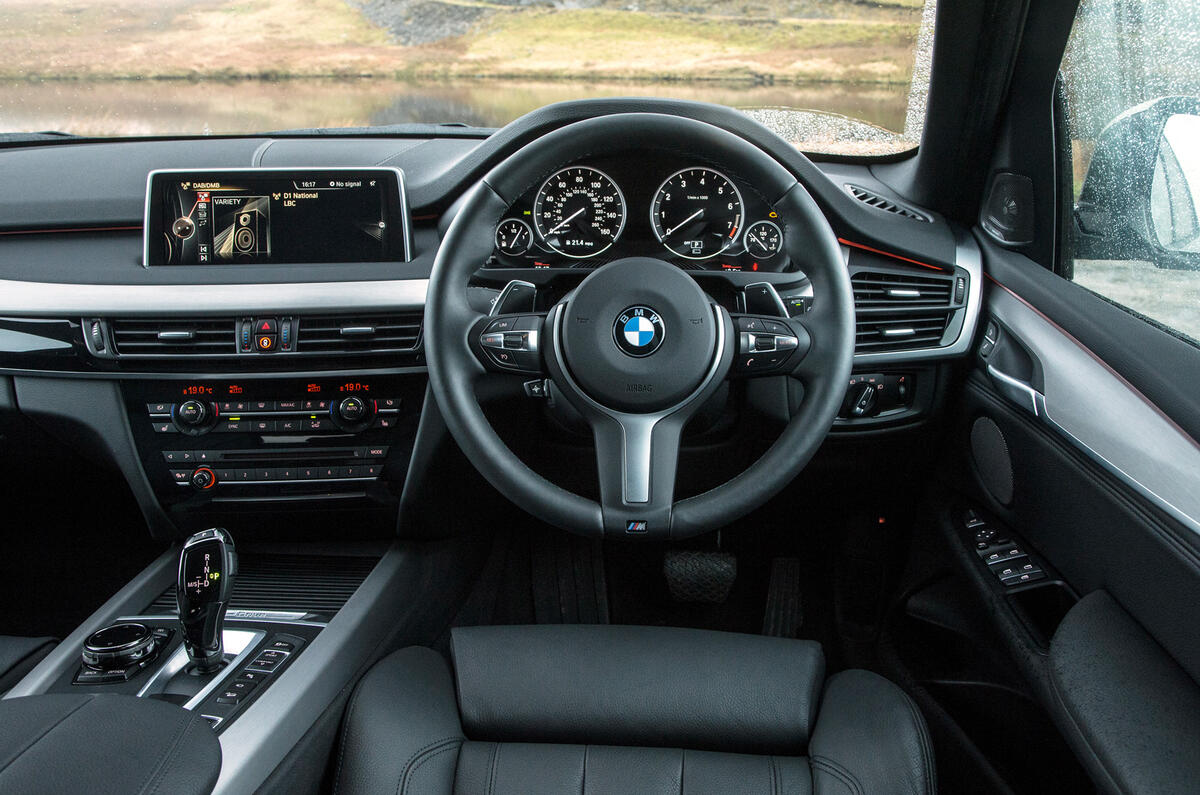
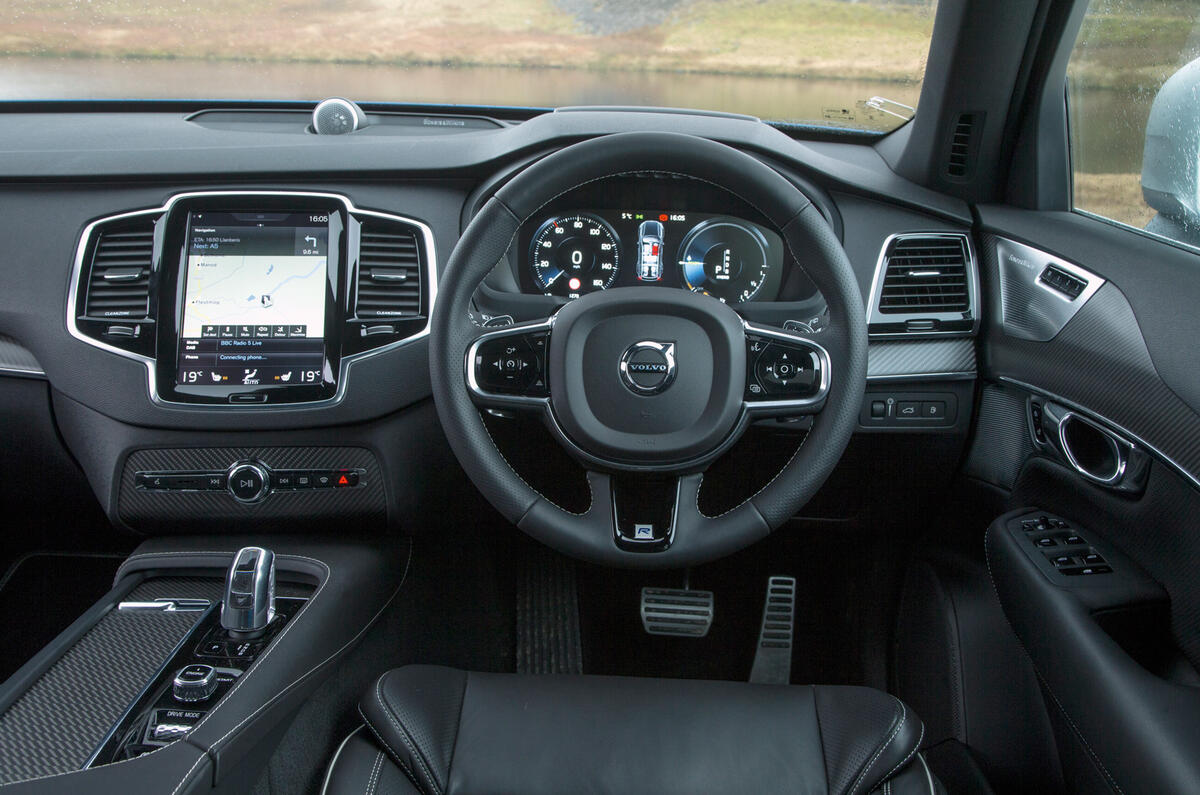
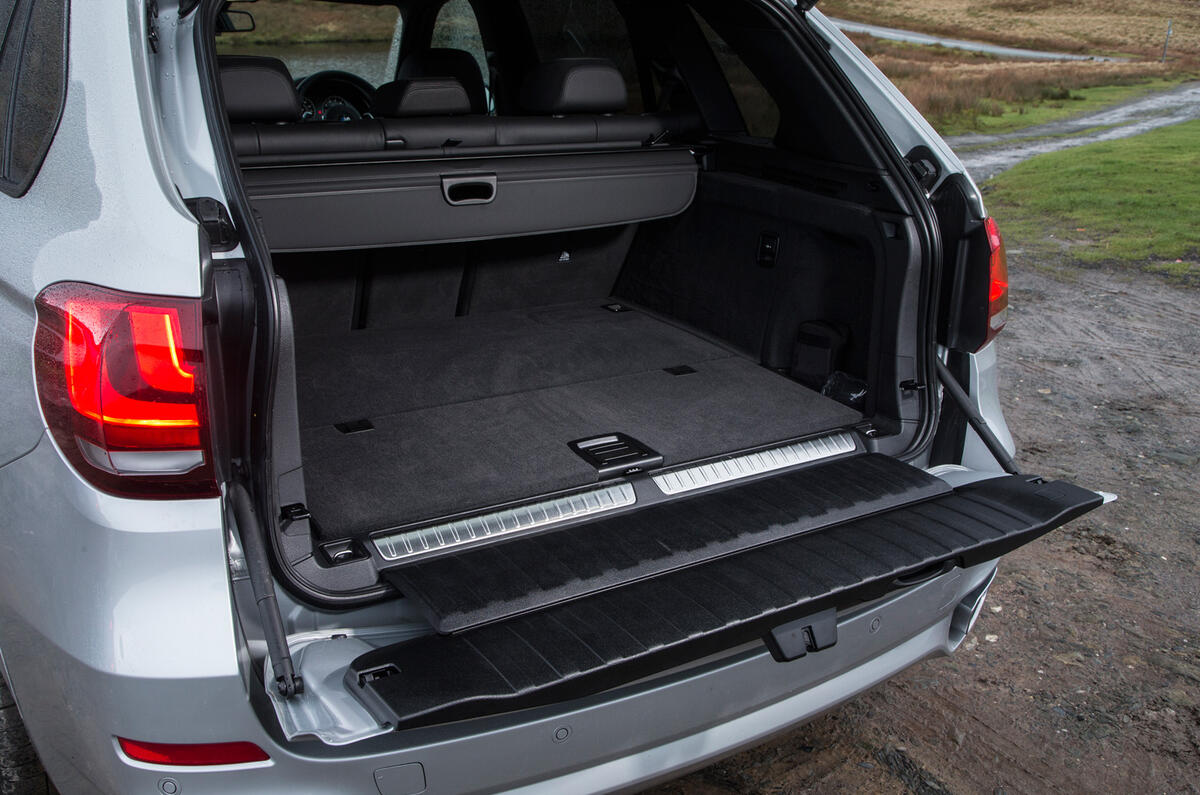
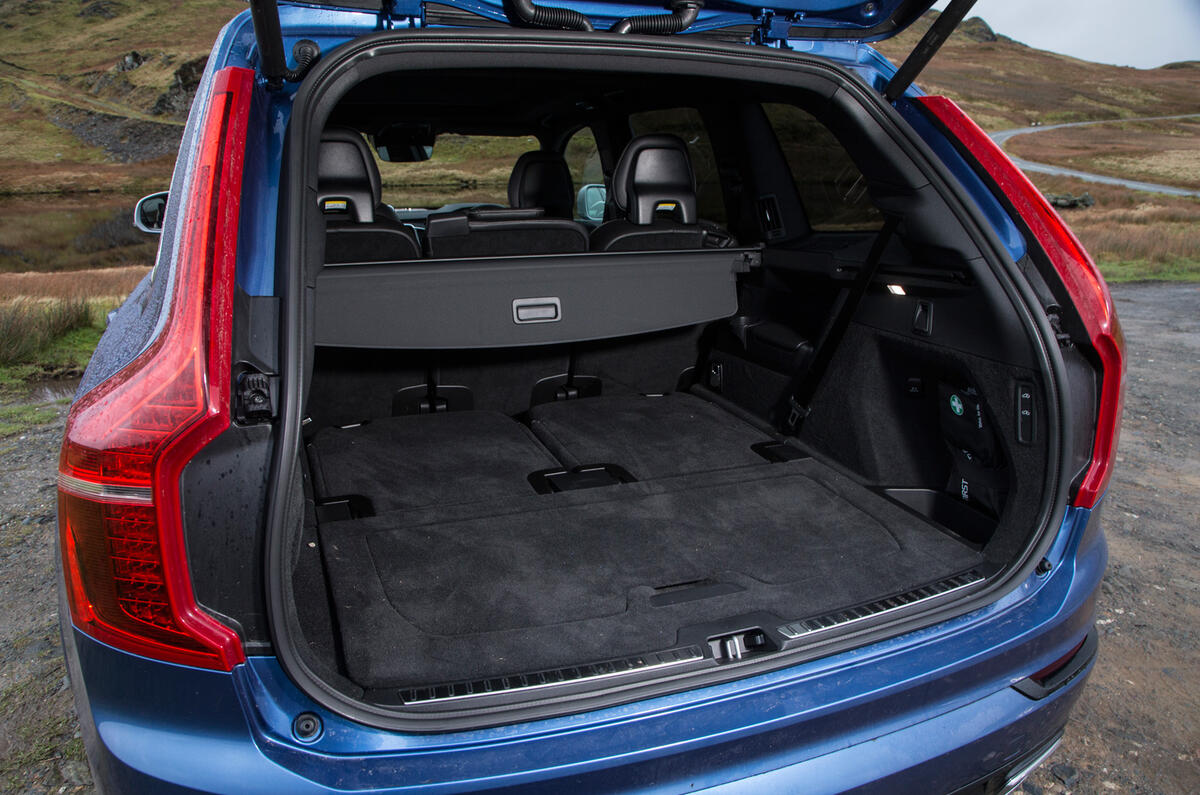





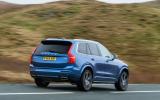
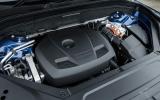
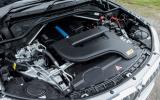

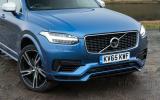






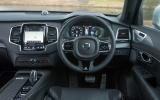
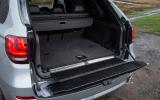
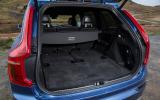

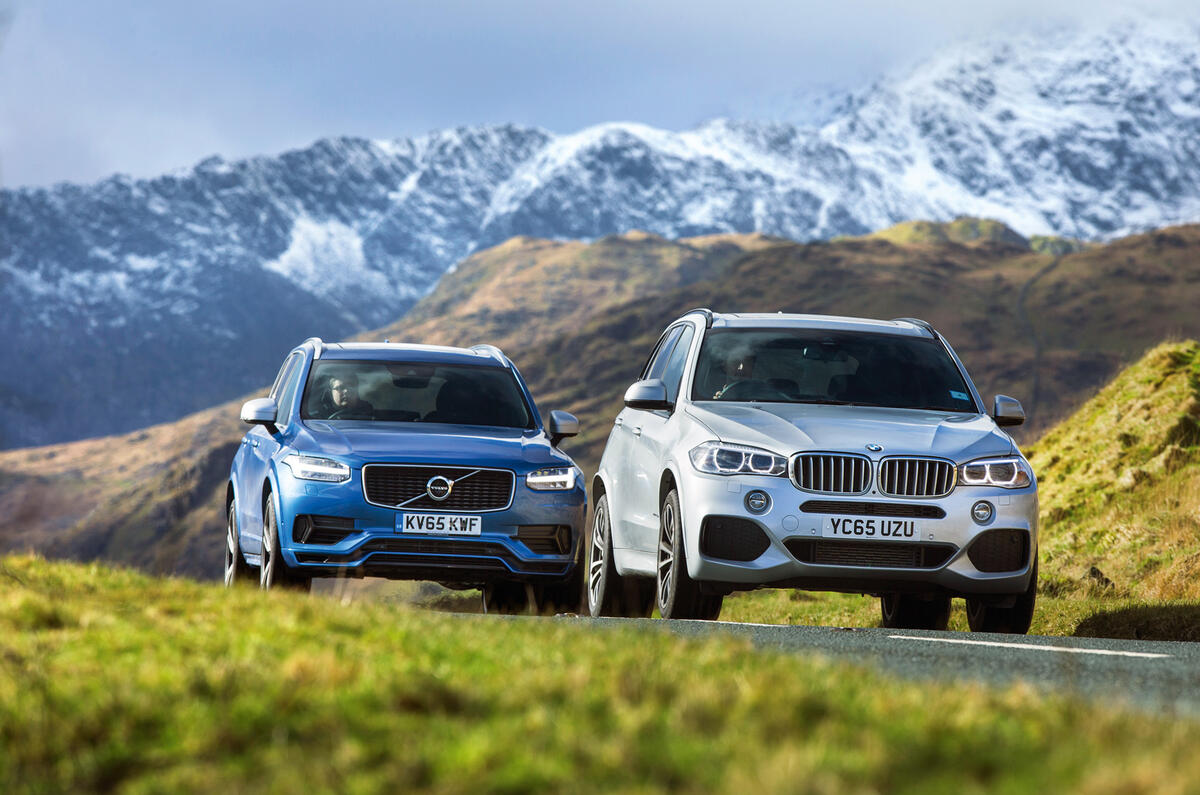

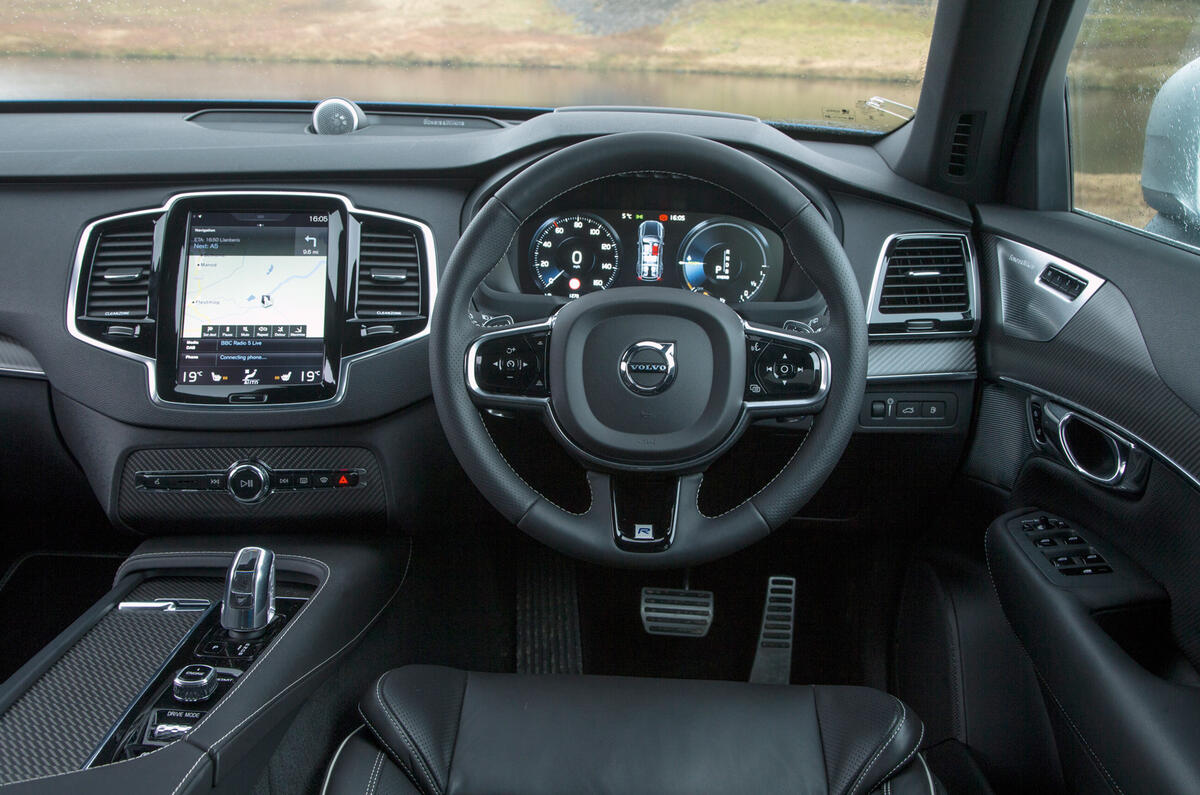
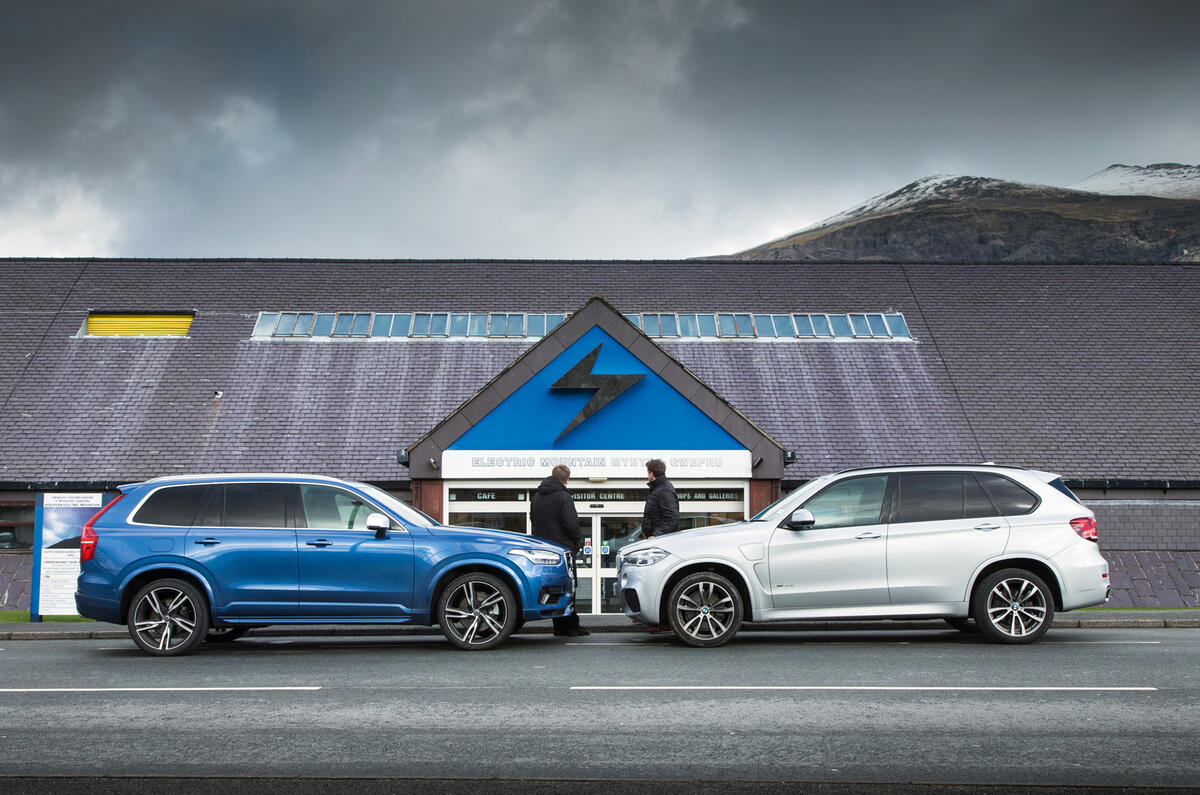
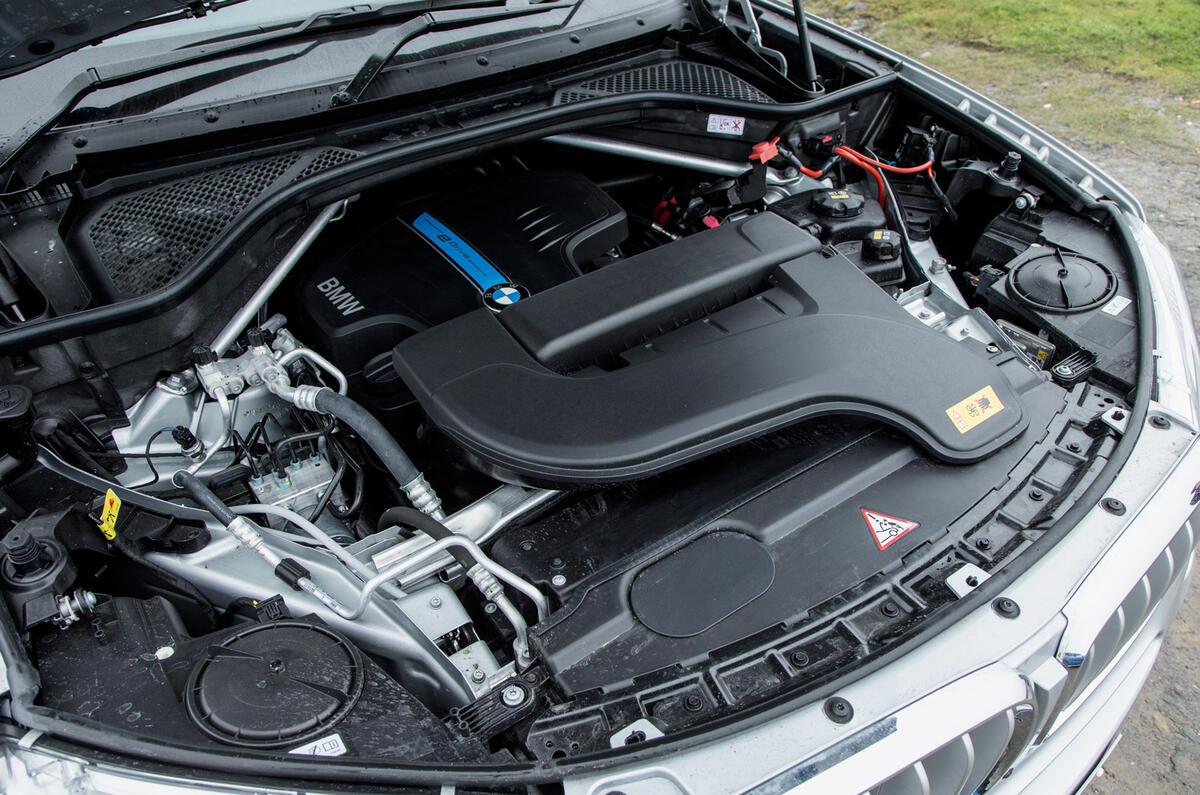
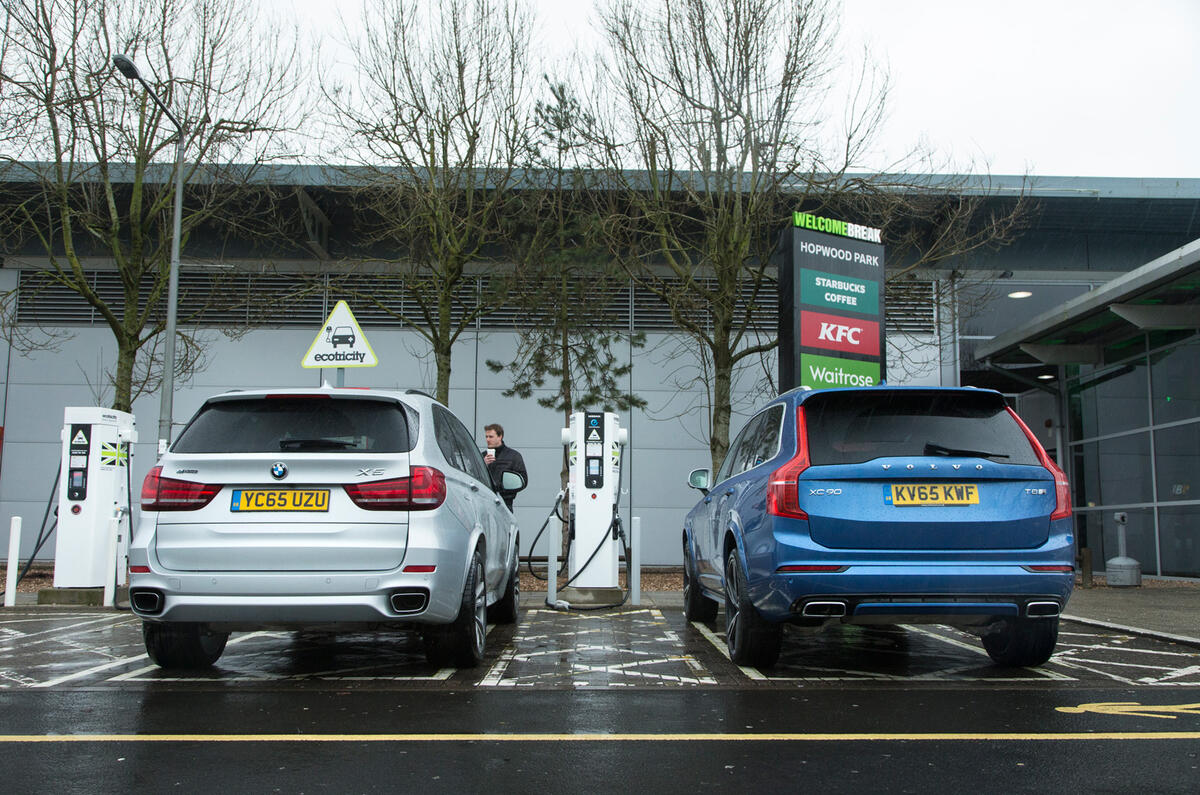
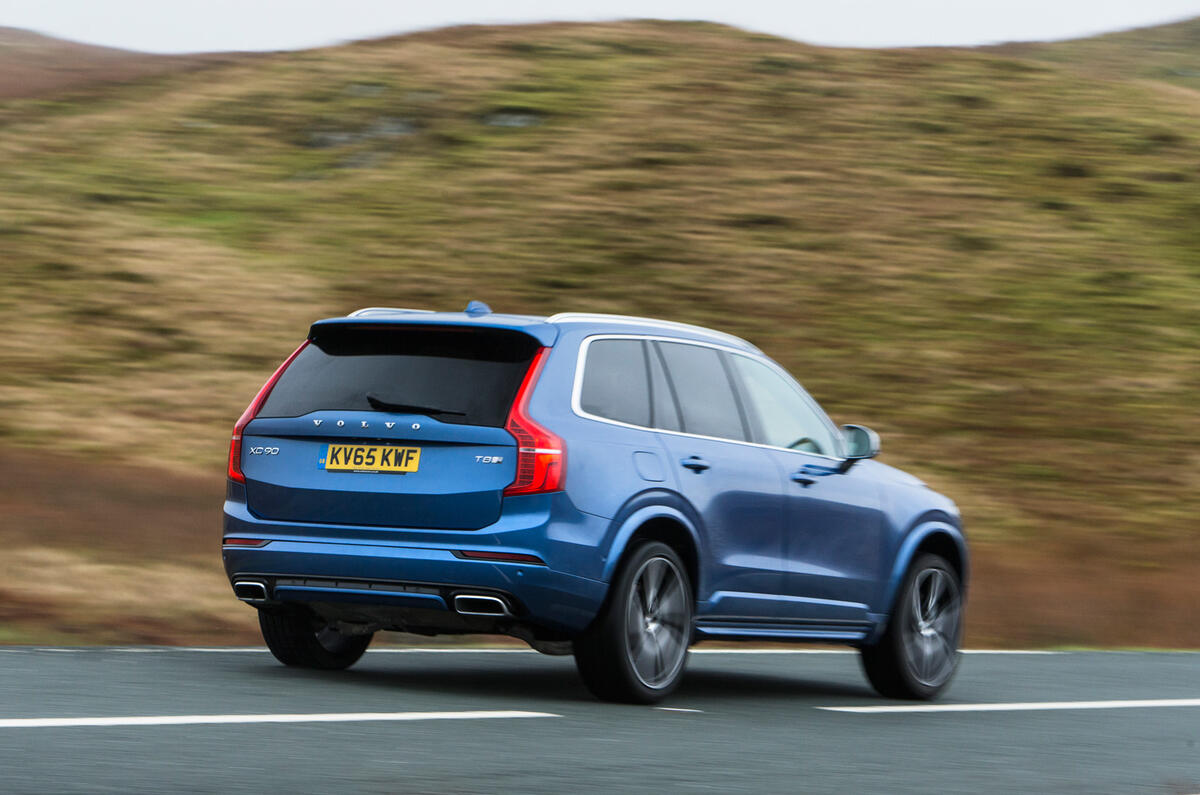
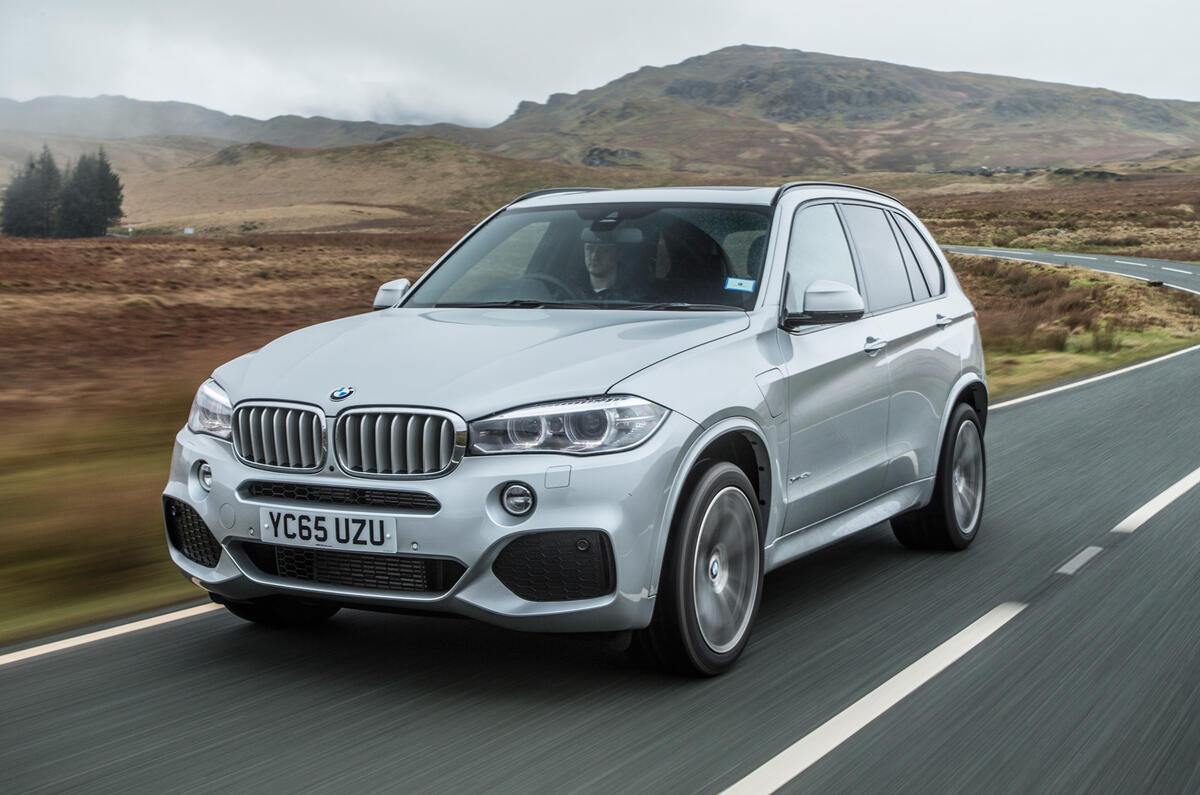





Join the debate
Add your comment
While the Volvo may be the
Gerhard wrote: While the
I've just specified an X5 40e M Sport as close as possible to the XC90 R Design standard spec and you're looking at £65,525 and that still doesn't take into account a number of features that aren't available on the X5 such as passenger seat memory, 3rd row AC, illuminated tread plates, 12'3" configurable TFT instrument display etc.
Remember the XC90 has two extra seats, more power/torque and a standard specification that includes 20" alloys, memory contour seats in nubuck/nappa leather, 4 zone climate, 3rd row AC, adaptive LED headlights, 10 speaker 330w sound system, panoramic roof etc etc.
Suspension
Ais suspension is an option for the standard XC90 and included in the Inscription package.
I know Volvo made the standard springs a little stiffer to address body roll when cornering weaknesses of the prior model. X5, as any BWM, uses stiffer springs compared to other manufacturers. TBH I am surprised the Volvo beat the BWM in both ride and steering feel. Well done Volvo. Watch out Germans!
Comprehensive